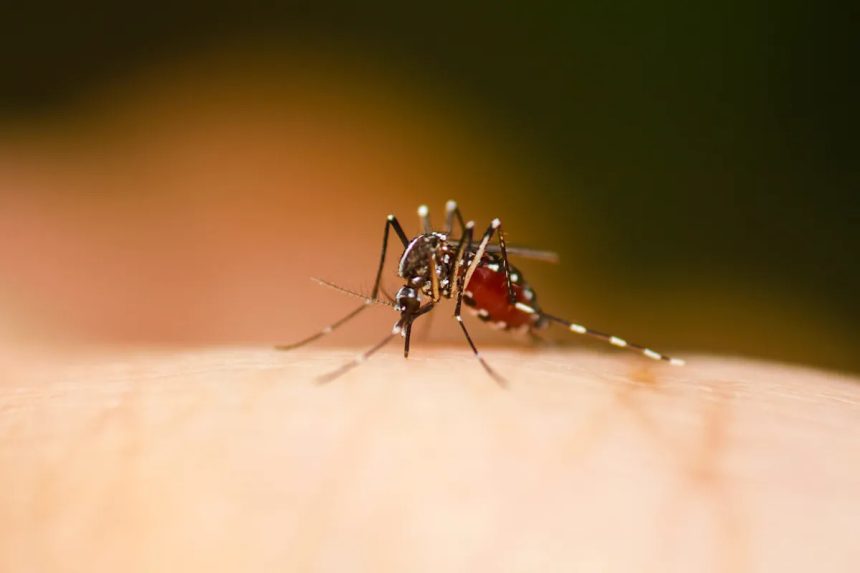A species of invasive, “aggressive” mosquitoes known for transmitting yellow fever is spreading in California, according to local health officials.
Multiple counties across the state, including Contra Costa, Los Angeles and Santa Clara counties, recently reported the growing presence of Aedes aegypti, an invasive and “dangerous” species of mosquito that can carry multiple diseases, including yellow fever, Zika and dengue.
Reporting the presence of the insect for the first time in some locations, the Santa Clara County Mosquito and Vector Control District said in an Oct. 24 statement “the new detection means these mosquitoes are spreading into more neighborhoods and are growing in numbers.”
The San Francisco Bay Area and northern California at large have seen particularly high growth in the number of Aedes aegypti since the spring, health officials warned. Los Angeles County announced its first case of locally acquired dengue (meaning a resident caught the disease without having traveled recently) on Oct. 15, citing Aedes aegypti as the most likely culprit.
While California is currently raising the alarm, other states have noted growing numbers. In 2024, Oregon confirmed the species’ presence in the state for the first time in Jackson County, and it was found in Jackson again in August 2025.
In September, Idaho also announced it had found the species in the state for the first time in Canyon County.
Experts believe the spread of such mosquito species is, at least in part, likely thanks to climate change. As previously colder areas warm up, mosquitoes that usually prefer warmer, wetter climates can inhabit new places, according to the World Mosquito Program, contributing to a rise in mosquito-borne disease.
Yellow fever, Zika and more
There are over 200 types of mosquitoes in the United States, according to the Centers for Disease Control and Prevention (CDC), but most are just nuisances. However, some species, including Aedes aegypti, can carry and transmit diseases, such as dengue, chikungunya, West Nile virus, yellow fever and Zika virus.
Aedes aegypti, measuring only a quarter of an inch long, can be recognized by white bands on the legs, spots on the body and stripes on the upper body. They have been known to spread dengue, Zika, chikungunya, and yellow fever. Those are all viral infections that cause flu-like symptoms and rash, but they can turn into serious or deadly illness for some.
The presence of Aedes aegypti, or the “yellow fever mosquito,” is growing in California and some other states.
Aedes aegypti, also known as the “yellow fever mosquito,” is primarily found in tropical and subtropical climates, particularly in countries such as Africa and Asia, as well as parts of southern Europe and Puerto Rico.
In the continental United States., they most commonly live in Southern and Southwestern states; however, they have been detected in California, Florida, Texas and as far north as Illinois.
Aedes aegypti are “aggressive” day-biters, according to the California Department of Public Health Division (CDPH) of Communicable Disease Control. That means the daylight hours do not offer reprieve like with some other species. They can lay eggs in any small artificial or natural container that holds water, per the department, including pet water dishes, bird baths or fountains, flower pots, stormwater drains and septic tanks.
States with Aedes aegypti populations
As of Oct. 3, California has reported the confirmed presence of Aedes aegypti in 28 counties. Oregon reported the presence of the insects for the first time in 2024 and again in 2025, and Idaho found its first known Aedes aegypti in August. Louisiana, Georgia, Alabama, South Carolina, Utah, Texas, Nevada and Florida all have established Aedes aegypti populations that are tracked yearly.
The potential range of spread projected by the CDC covers more of the United States; however, some of the states in its most recent estimations have not confirmed the presence of Aedes aegypti.
This article originally appeared on USA TODAY: ‘Aggressive’ species of ‘yellow fever’ mosquito spreading. See where.









